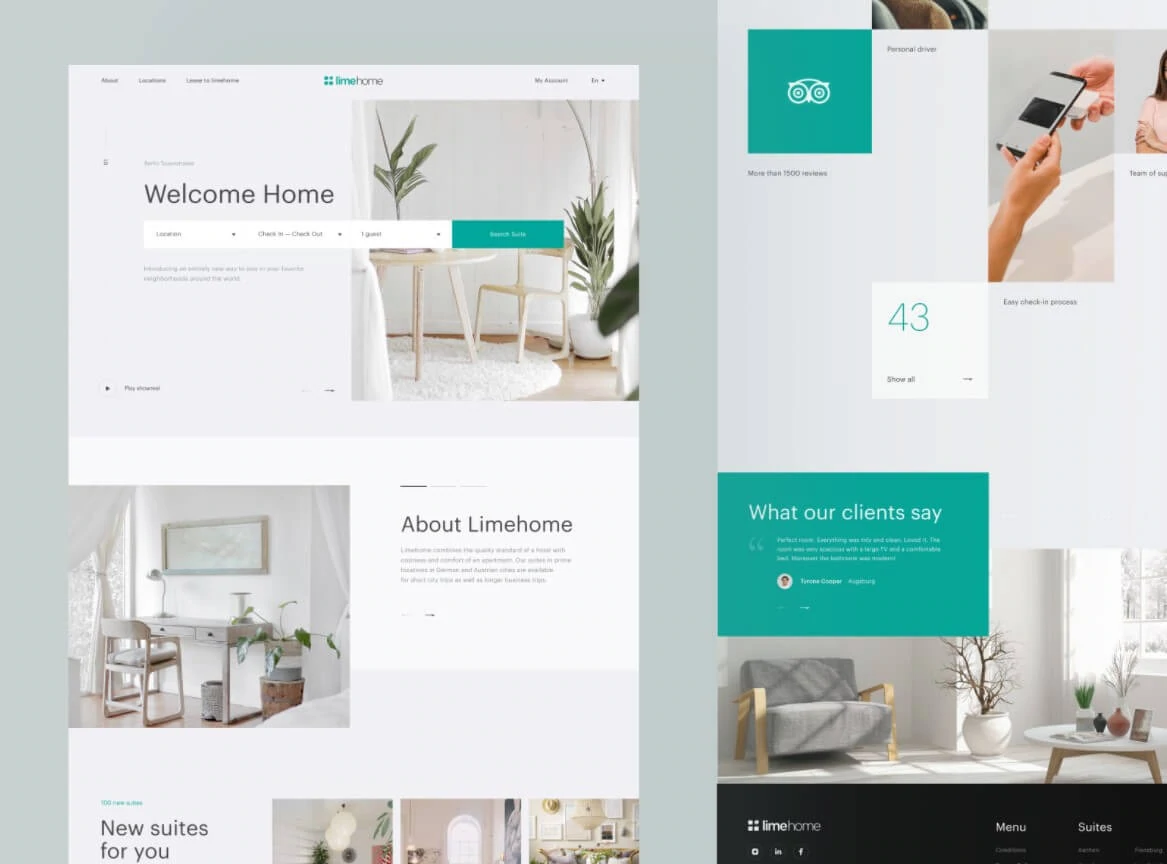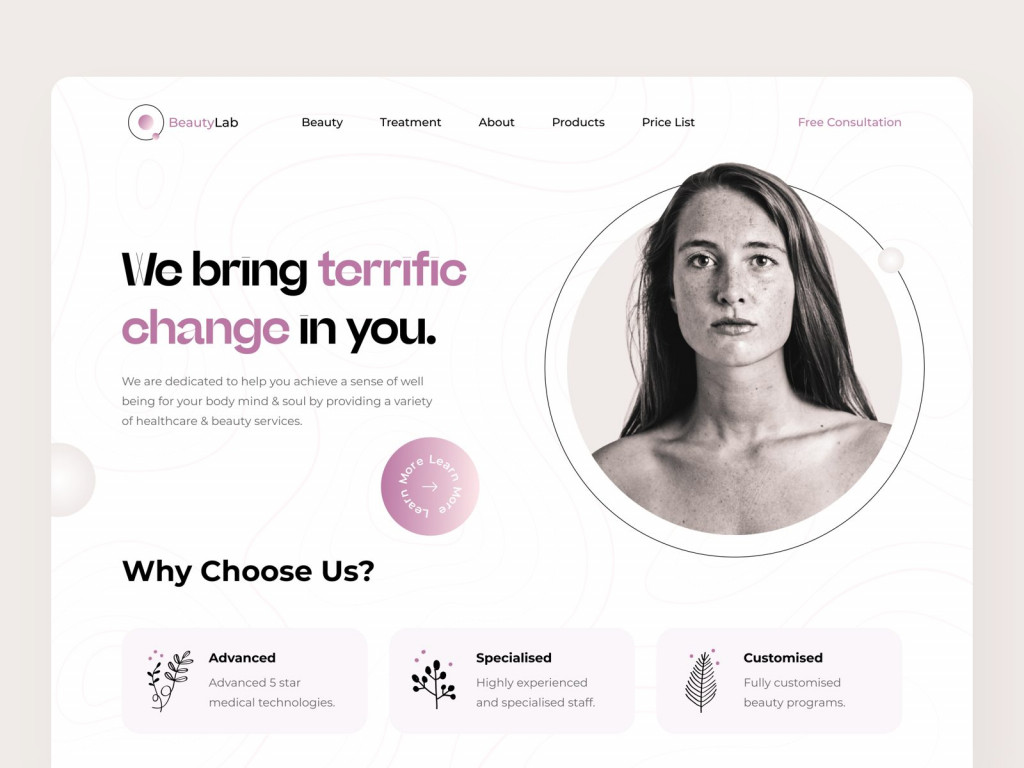Why Responsive Website Design is Crucial for Modern Online Success
Why Responsive Website Design is Crucial for Modern Online Success
Blog Article

Crafting a User-Friendly Experience: Important Aspects of Reliable Website Style
Essential components such as a clear navigation framework, receptive style principles, and fast filling times offer as the foundation for involving customers efficiently. Understanding the underlying factors that add to effective style can shed light on just how to enhance individual satisfaction and engagement.
Clear Navigating Framework
A clear navigating framework is basic to reliable web site design, as it straight affects customer experience and involvement. Customers need to be able to find information effortlessly, as instinctive navigation reduces aggravation and urges exploration. An efficient layout permits visitors to recognize the partnership between various pages and web content, leading to longer site sees and increased communication.
To accomplish clearness, designers must use acquainted patterns, such as side or leading navigating bars, dropdown food selections, and breadcrumb routes. These elements not only enhance usability yet likewise supply a feeling of orientation within the website. Keeping a constant navigating structure throughout all pages is important; this knowledge helps users expect where to find desired information.
It is likewise vital to limit the variety of menu things to stay clear of overwhelming customers. Focusing on the most important sections and utilizing clear labeling will lead site visitors properly. In addition, integrating search performance can additionally help customers in situating particular material quickly (website design). In summary, a clear navigating framework is not just a design selection; it is a tactical element that dramatically affects the overall success of a website by fostering a reliable and satisfying customer experience.
Responsive Style Principles
Effective web site navigation sets the stage for a seamless customer experience, which ends up being even extra critical in the context of responsive layout principles. Responsive layout guarantees that web sites adapt fluidly to numerous display sizes and orientations, enhancing availability throughout gadgets. This versatility is achieved with adaptable grid formats, scalable pictures, and media questions that permit CSS to change styles based upon the gadget's attributes.
Trick principles of receptive layout include fluid designs that make use of percentages as opposed to dealt with devices, ensuring that components resize proportionately. Furthermore, employing breakpoints in CSS makes it possible for the layout to shift smoothly between different gadget dimensions, maximizing the layout for every screen type. Using receptive images is additionally important; photos need to automatically adjust to fit the screen without losing quality or triggering layout changes.
In addition, touch-friendly user interfaces are essential for mobile users, with appropriately sized buttons and instinctive gestures enhancing individual communication. By integrating these concepts, developers can develop web sites that not only look visually pleasing however also provide useful and interesting experiences across all tools. Ultimately, reliable receptive design cultivates individual complete satisfaction, lowers bounce prices, and motivates longer interaction with the content.
Quick Loading Times
While individuals increasingly expect websites to fill swiftly, fast loading times are not simply a matter of convenience; they are crucial for maintaining visitors and boosting general customer experience. Research study shows that individuals generally desert websites that take longer than three secs to tons. This desertion can lead to boosted bounce rates and reduced conversions, ultimately hurting a brand name's credibility and earnings.
Fast packing times enhance customer engagement and satisfaction, as visitors are more probable to discover a website that responds swiftly to their communications. Additionally, online search engine like Google focus on rate in their ranking algorithms, suggesting that a slow site may have a hard time to accomplish presence in search results page.
Instinctive Interface
Quick packing times prepared for an engaging online experience, but they are just component of the equation. An intuitive individual interface (UI) is crucial to ensure site visitors can browse a website effortlessly. A properly designed UI permits individuals to attain their objectives with marginal cognitive tons, fostering a smooth communication with the website.
Secret elements of an instinctive UI include consistent format, clear navigation, and well-known icons. Consistency in layout elements-- such as color design, typography, and switch designs-- helps customers understand how to communicate with the web site. Clear navigation frameworks, including logical food selections and breadcrumb trails, make it possible for users to locate info promptly, minimizing aggravation and boosting retention.
Furthermore, responses mechanisms, such as hover impacts and loading indications, inform individuals regarding their actions and the internet site's reaction. This openness cultivates trust and urges ongoing engagement. Focusing on mobile responsiveness makes certain that users delight in a natural experience throughout devices, catering to the varied means audiences accessibility material.
Accessible Material Standards

First, utilize straightforward and clear language, preventing lingo that may confuse readers. Stress proper heading frameworks, which not just aid in navigation yet additionally help screen readers in analyzing material power structures properly. In addition, supply alternative text for photos to communicate their meaning to customers that count on assistive innovations.
Contrast is an additional essential component; make certain that message stands apart versus the background to improve readability. Guarantee that video clip and audio content includes records and captions, making multimedia obtainable to those with hearing disabilities.
Lastly, include keyboard navigability into your style, allowing customers who can not utilize a computer mouse to gain access to all website features (website design). By adhering to these easily accessible material standards, web designers can develop comprehensive experiences that satisfy the requirements of all customers, eventually boosting customer engagement and complete satisfaction
Final Thought
Finally, the combination of crucial elements such as a clear navigation structure, receptive layout principles, quickly filling times, an user-friendly interface, and accessible content guidelines is essential for developing an user-friendly website experience. These elements collectively improve functionality and engagement, ensuring that users can easily interact and navigate with the website. Focusing on these style components not just boosts total satisfaction but also fosters inclusivity, accommodating varied customer needs and preferences in the digital landscape.
A visit here clear navigation framework is essential to reliable internet site style, as it directly affects user experience and interaction. In summary, a clear navigating framework is not simply a design choice; it is a strategic component that considerably impacts the total success of an internet site by promoting a delightful and reliable individual experience.
Furthermore, touch-friendly user interfaces are vital for mobile individuals, with effectively sized buttons and intuitive motions enhancing customer communication.While users significantly anticipate websites to fill swiftly, fast filling times are not just an issue of comfort; they are vital for preserving visitors and improving overall individual experience. website design.In conclusion, the combination see of crucial components such as a clear navigation framework, receptive style principles, quickly loading times, an instinctive user interface, and obtainable material standards is important for developing an easy to use site experience
Report this page